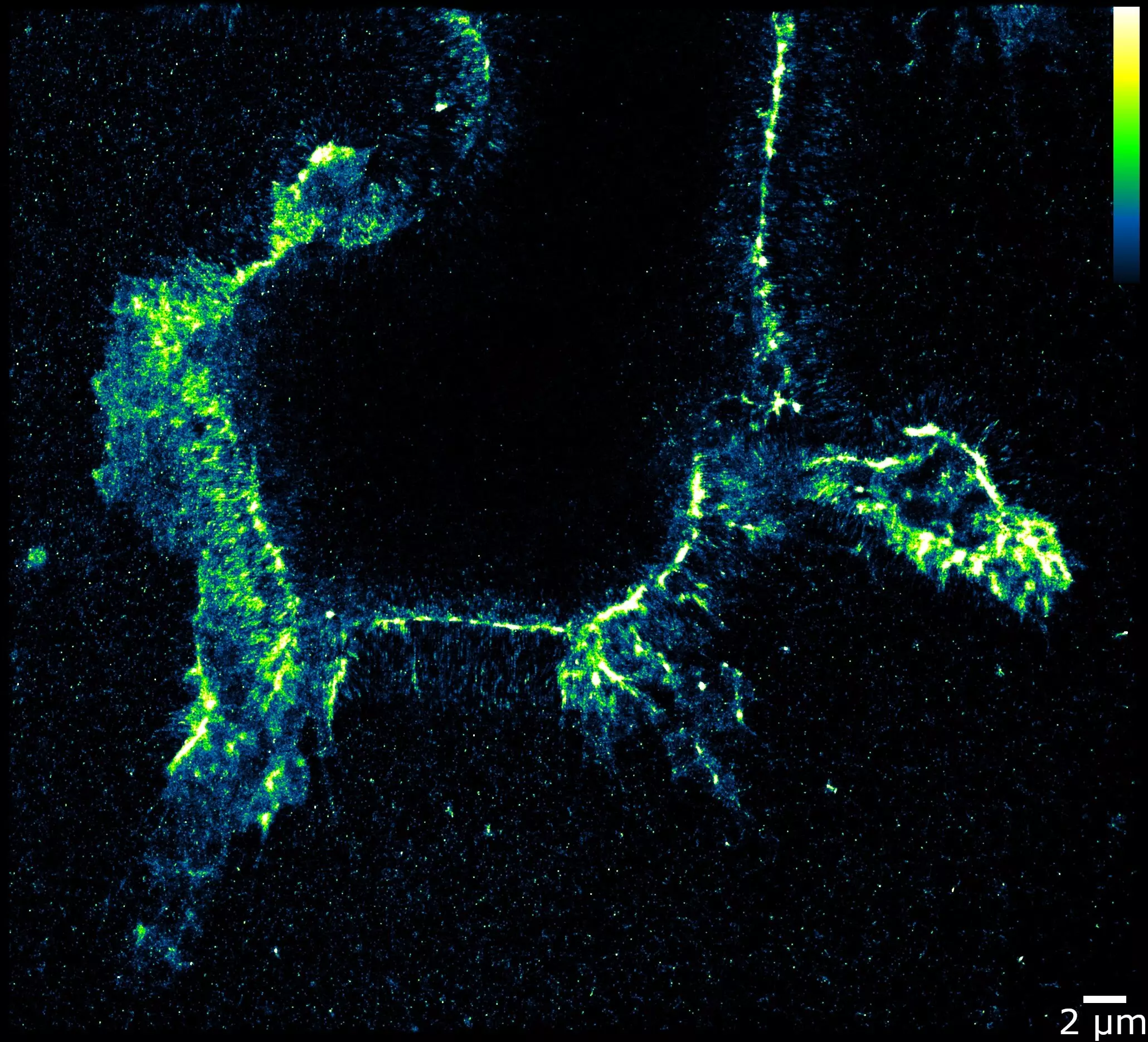A research team has recently developed a groundbreaking technique that could revolutionize the way scientists worldwide identify novel targets for cancer therapies. This new method, called EndoVIA, allows for the precise tracking of individual RNA edits within cells, providing a deeper understanding of the origins of various diseases.
RNA editing plays a crucial role in the functioning of our cells, as it helps to translate our genetic code into proteins. Cells use a special enzyme to edit molecules of adenosine in RNA, converting them into inosine. This editing process is essential for distinguishing between normal and foreign RNA, triggering an immune response when necessary.
The Breakthrough Discovery
Unlike previous methods that required the removal and sequencing of RNA molecules to track edits, the EndoVIA technique allows researchers to observe editing in cells with unprecedented clarity. By replacing magnesium with calcium, the enzyme used in the test can bind to edited RNA elements. This enables fluorescent antibodies to tag the enzyme, making the editing process visible under a microscope.
The WashU research team believes that their new technique could have significant implications for cancer therapy. Certain cancers have been linked to abnormalities in RNA editing, such as breast cancer cells showing excessive editing and kidney cancer cells displaying insufficient editing. By studying healthy and cancerous kidney cells, the team was able to identify specific editing patterns that could serve as potential targets for therapy.
This innovative approach provides a unique opportunity to explore the biological causes and implications of RNA editing in diseases like cancer. The ability to visualize localization patterns of RNA edits opens up new avenues for research and could lead to a better understanding of the complex mechanisms involved in disease development.
The development of the EndoVIA technique represents a significant advancement in the field of RNA editing research. By providing a detailed look at the editing process within cells, this method has the potential to uncover new insights into the role of RNA editing in disease and ultimately contribute to the development of more effective cancer therapies.


Leave a Reply